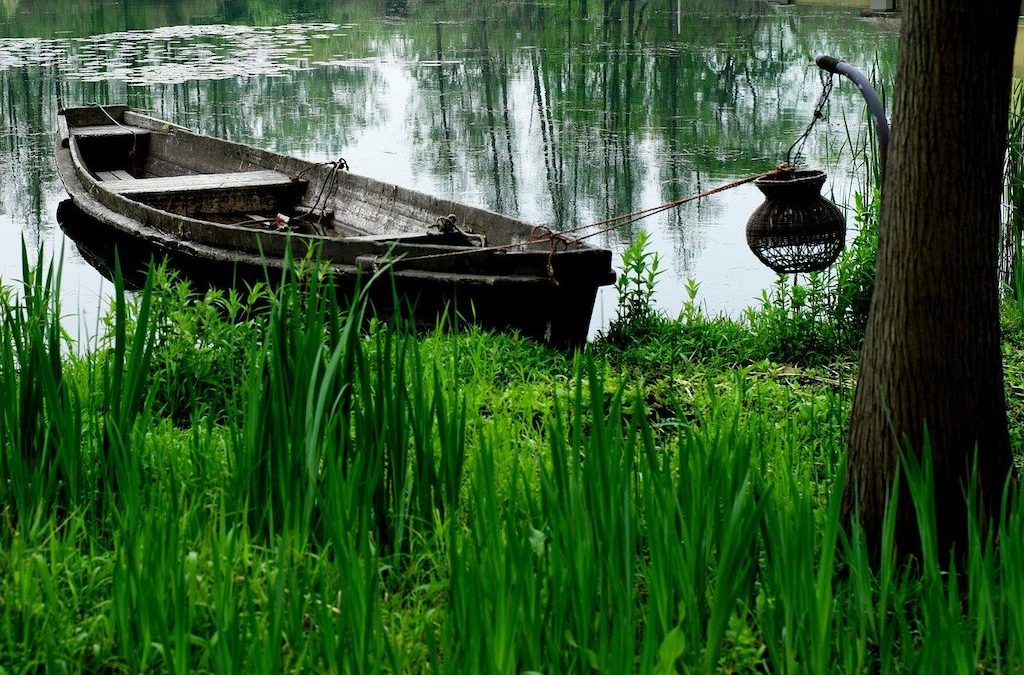A wetland is an area of land saturated with water, either permanently or seasonally. Some homeowners are apprehensive when they discover that this type of natural feature is located on the land where they’re planning to build their home.
“The concern about wetlands becoming a breeding ground for mosquitoes and other pests is actually unfounded,” said environmental biologist Don Green. “A healthy wetland is a habitat for mosquito-eating creatures like fish, amphibians, insects, birds and bats.”
What is a Wetland?
Green said that a wetland, when properly identified and well maintained, can become a positive natural feature for homeowners.
“Wetlands are often called the kidneys of the earth because they help purify water by filtering out pollutants and sediment,” Green said. “Acting like sponges, they help reduce flooding and slow runoff from surfaces like roofs and driveways.”
Green said that a wetland is identified by assessing three factors: hydrology, plants and soil. The type of soil that develops and the vegetation that grows are determined by the amount of saturation.
“The first step is to delineate where the wetland starts and ends,” Green said. “You may have to hire an expert or contact environmentally astute organizations like a watershed or conservancy organization to guide you.”
How it Works
The types of wetlands include marshes, swamps, bogs and fens. When a wetland is functioning naturally, the groundwater, stream water or storm water from the surrounding area will flow into the wetland. The water saturated peat beneath the pooled water contains bacteria that breaks down contaminants in the standing water.
“These sediments that were picked up in the water as it travels to the wetland are then filtered naturally into the peat,” Green said. “This creates a critical wildlife habitat and a cleaner area for humans as the cleaner water flows out.”
To protect and enhance the wetland’s ecological value, Green advised removing any invasive species of plants not native to the area where the wetland has formed.
“For example, remove privet and replenish with native plants,” Green said. “Fence out cattle. If you share it with a neighbor, make an agreement on how to protect it. Let it go back to nature.”
Why Wetlands are Valuable
“Changing where and how water covers the land will obviously change how the ground is fed,” Green said. “Wetlands play a role in recharging our groundwater, reducing the pollution that flows downstream to neighboring rivers and lakes. Storing the water, they also buffer communities from some of the worst impacts of flooding.”
For homeowners, Green emphasizes the importance of positioning structures as far as possible from the wetland where the water table is close to surface.
“This protects the buildings as well as sustaining the wetland,” Green said.
Green noted that development of land, drainage and other human interventions have already disturbed or eliminated an estimated 50% of the natural wetland areas in the United States.
“Filling in a natural wetland for construction can cause numerous problems and can even be illegal, so it is best to contact the state’s department of health, environment or natural resources for guidance,” Green said.
Wetland Creation
Green said that it’s even possible to create a wetland in any level area and make it suitable for most wetland plants by digging out a depression, lining it with plastic, refilling it with soil and adding water.
“A wetland in your backyard will temporarily store, filter and clean runoff water from your roof and lawn,” Green said. “It will provide habitat for many interesting creatures from butterflies and bees to salamanders, toads, frogs and birds. The USDA offers detailed guidance for constructing wetlands on their website.”
Green said that a mini-wetland in your yard can provide many of the same benefits that natural wetlands offer.
“A mini-wetland can replace the important natural functions of wetlands that may have been lost when your community was developed,” he said.
Don Green is a LEED AP biologist who specializes in environmental policy, low impact development, green infrastructure, energy/water nexus, water quality, erosion and sediment control, stormwater and environmental education. Contact him at biogreen1@comcast.net.




